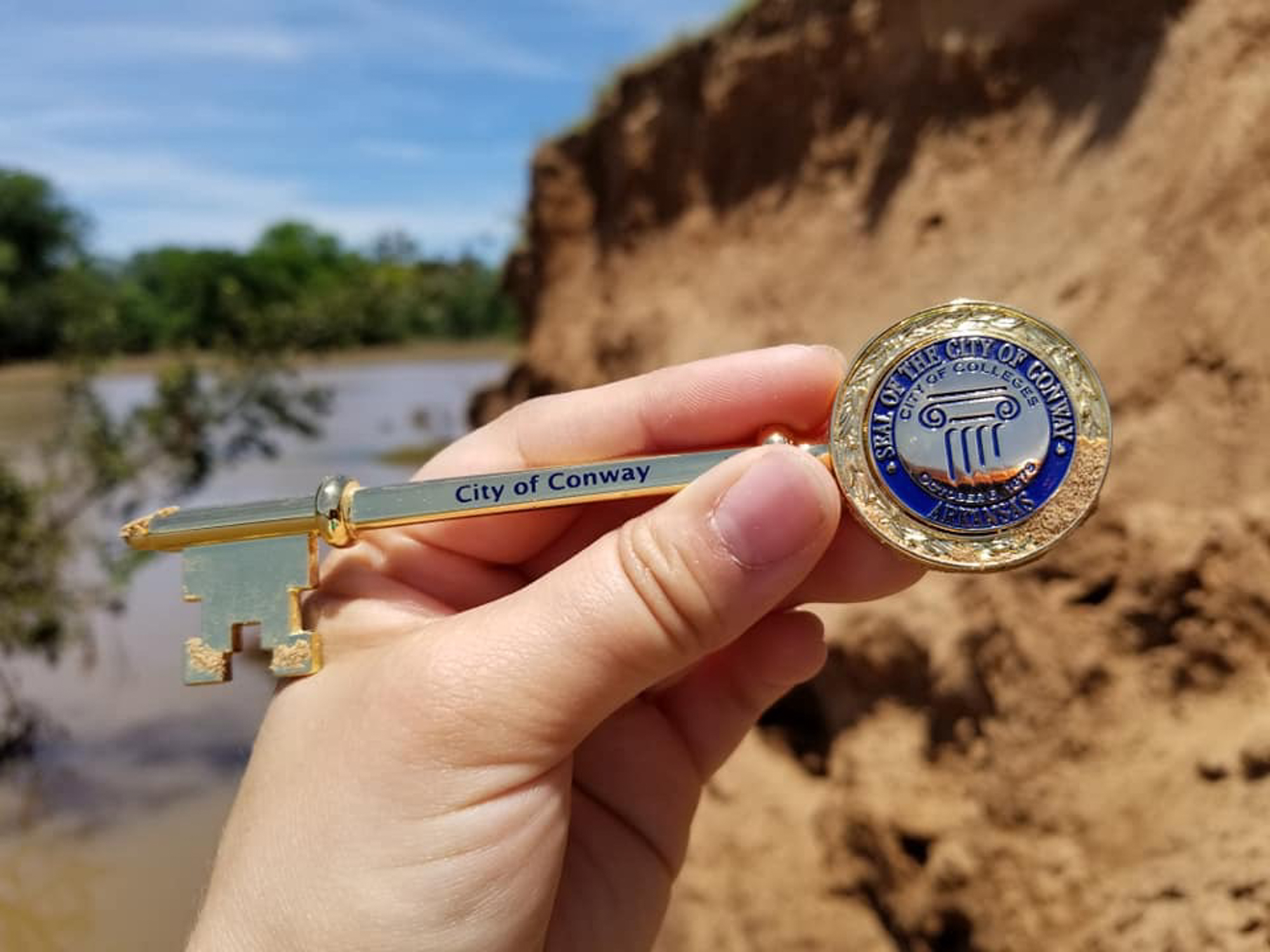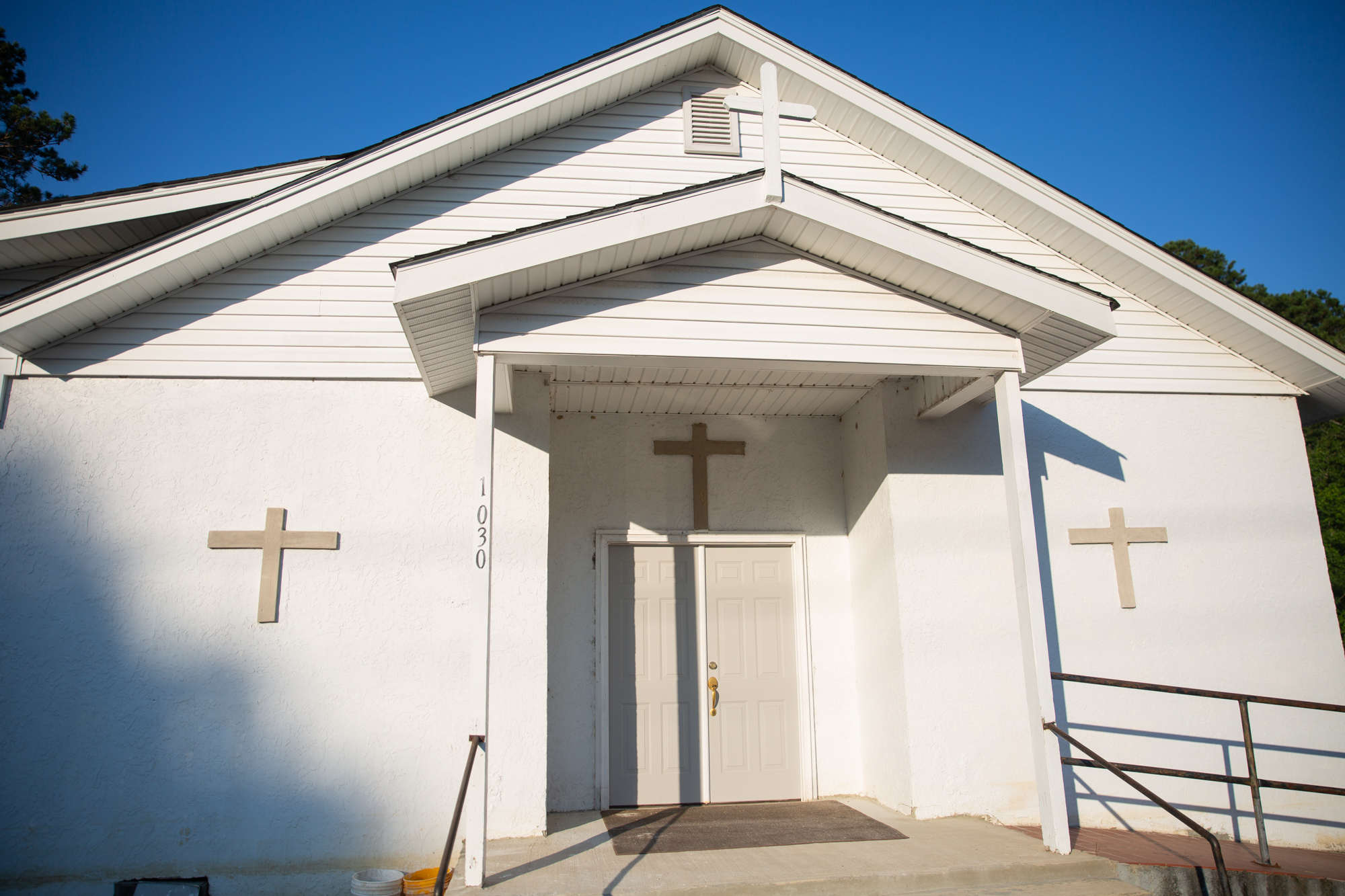LOLLIE BOTTOMS, Ark. — The city of Conway, Arkansas, has itself a new superhero.
She’s strong and mighty, she protects against enemies and, according to Conway city spokesman Bobby M. Kelly, “she held on like hair on a biscuit” when her city was in danger.
Her name is Lollie Levee.
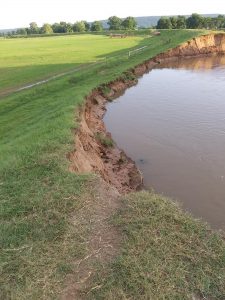
Conway needed a defender after the flood of 1927. Historian Cindy Beckman recounted that up to 15 feet of water from the Arkansas River covered the Lollie district, prompting the construction of the seven-mile pile of earth in 1929. Later named the Lollie Levee, residents of the city and of Faulkner County refer to the levee as a she, as if she were a person.
The flood of 2019 was the Lollie Levee’s greatest test yet in 90 years. Residents in the area became concerned after the river breached the levee in Dardanelle, Arkansas. The damage was catastrophic. Many farms and homes flooded.
Faulkner County Judge Jim Baker said that the levee in Dardanelle was constructed in the same year as the levee in Lollie, so after hearing that the Dardanelle levee breached, he was sick to his stomach. “I was concerned about it,” he said of the Lollie Levee.
Farmers bordering the Lollie levee were told to prepare for evacuation. If the levee were to breach, their fields would be inundated with feet of water, enough to decimate their crops for the year. Their homes would have been swept away as well.
Conway residents were worried, too. If the levee breached, water would have crept into the western part of the city for the first time in history. One resident was particularly anxious about a shopping complex along one of the city’s main roads, far away from the levee. “All that was in the flood projections,” Robyn Johnson said. “A ton of people work there and even more shop there.”
Those close to the levee believed in her fighting spirit. She had been properly maintained by the Faulkner County Levee and Drainage District No. 1. in the years leading up to the flood, according to Baker. Officials from the drainage district told Baker that Lollie was “the best levee in western Arkansas,” Baker said. Their advice to him was simple: worry about something else.
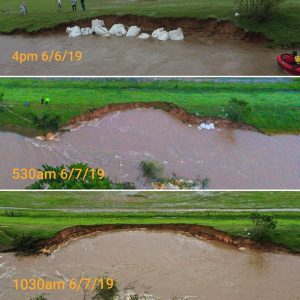
But when so much was at stake, it was difficult not to worry. For six days and six nights, the levee was monitored nonstop as the water slowly eroded the soil. Residents built a backup dam in case of a breach, but when the river crested, Lollie was still standing.
“You build up enough anxiety about this, you do what you can to help with the sandbags and donating time and money to charity, and you’re told it’s not going to be enough in the end,” Johnson said. “Then, just like that, it is.”
She had never been so proud of an inanimate object in her life, she said.
Because of the upkeep by the levee board and the Army Corps of Engineers, the Lollie Levee was able to withstand the rushing river, saving the homes, farms and city behind it, Baker said. She took quite a beating, but in the end, she kept the water out.
“It held at the last three-foot block,” Baker said, holding back tears. “And the only explanation I’ve got is answered prayers and divine intervention.” He described the moment he realized the levee was going to hold as the biggest sense of relief one could have. As the river started to recede, the eroded part of the levee began to sink. Baker was relieved that “it never did cave in while the water was up high.”
For her service to the city of Conway, the Lollie Levee was granted a key to the city. It’s a shining reminder of her strength and willpower, Kelly said.
“We felt it was a good gesture to show our appreciation. Thankfully, she doesn’t have legs and she’s not going to go around the city unlocking every door we’ve got!” Kelly told THV11, an Arkansas news station.
Johnson added, “Lollie Levee being presented with a key to the city was one of the most adorable and quintessentially southern things I have ever seen. Second only to it being referred to as having ‘held on like a hair on a biscuit.’’’
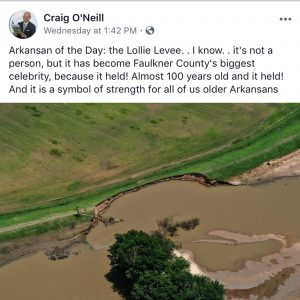
Baker thinks that more levee boards will be created after this disaster so Arkansas will be better prepared if severe flooding happens again soon. He hopes to see less stories like Dardanelle and more like Conway and the Lollie Bottoms.
Levee boards also help secure towns financially. “Since the Faulkner County Levee Board had kept the levee up to national standards, there will be federal money to rebuild it,” said Beckman. According to Baker, 100% of the repairs will be covered.
These days, the Lollie Levee is resting. The Corps of Engineers gave her the equivalent of a nice spa day, which included a temporary patch. She’ll get a full makeover in the form of a permanent patch soon.
Baker is proud of the levee’s accolades, but he is more proud of the fight she put up for her people.
“The fact that she held… that’s what we’re so proud of in the city of Conway,” he said. “It’s a grand ole lady.”
Jordan Elder is a recent graduate of the Walter Cronkite School of Journalism and Mass Communication at Arizona State University with a bachelor’s degree in journalism and a certificate in leadership and ethics. Her focus is on broadcasting and digital storytelling. Elder was a producer for “Catalyst,” an Arizona PBS series that explores scientific research at ASU, and a production intern for KPNX 12 News for two semesters. She served as a host and contributor to the entertainment news program “Cronkite Cut” for three years. Elder returns to Cronkite School in the fall to complete a master’s degree and report on sustainability issues for Cronkite News. View her portfolio here.
